Understanding the behavior and movement patterns of big cats is crucial for their conservation. These majestic creatures, which include species like lions, tigers, leopards, and cheetahs, face numerous threats in the wild, including habitat loss and poaching. Advanced tracking technologies like GPS and camera traps offer valuable insights into their lives, which can inform better conservation strategies.
Introduction to GPS Technology

Global Positioning System (GPS) technology has revolutionized wildlife tracking. By using GPS collars attached to big cats, researchers can collect precise data on their location, movement patterns, and territorial ranges. This technology aids in understanding how these animals interact with their environment and each other.
The Mechanics of GPS Tracking

GPS collars are equipped with satellite receivers that calculate the animal’s position based on signals received from satellites orbiting the Earth. These devices can record data at set intervals, and transmit information remotely to researchers, allowing for real-time monitoring without disturbing the animals.
Benefits of GPS Tracking for Big Cats
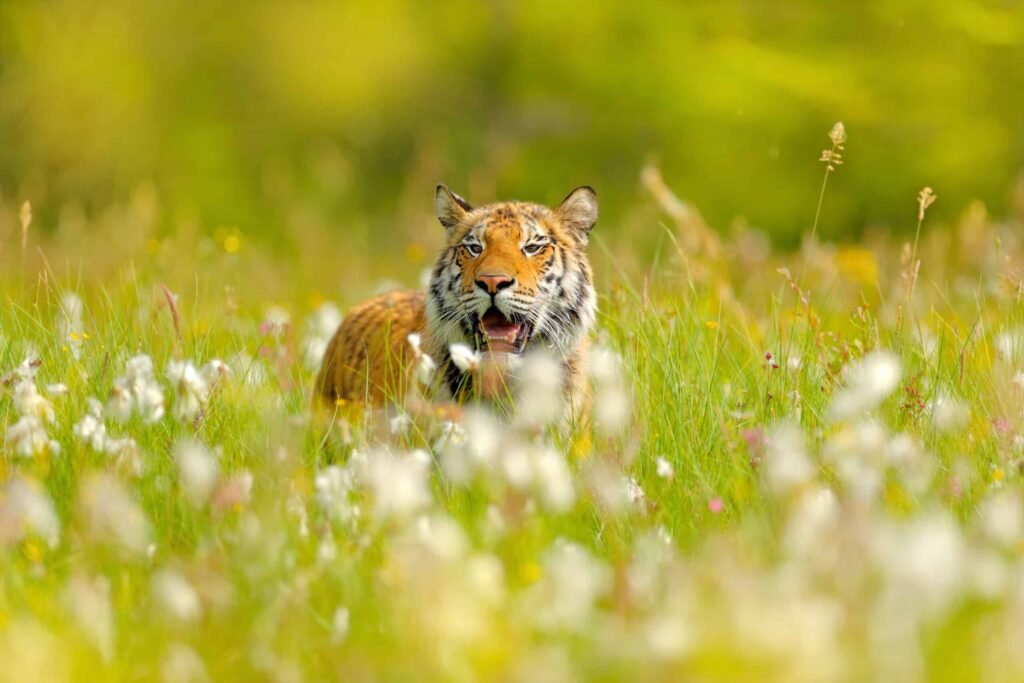
GPS tracking provides detailed data on migration routes, hunting grounds, and territorial conflicts among big cats. This information is crucial for identifying critical habitats and understanding how human activities impact their movement and behavior, ultimately guiding efforts to create effective wildlife corridors and protected areas.
Introduction to Camera Traps
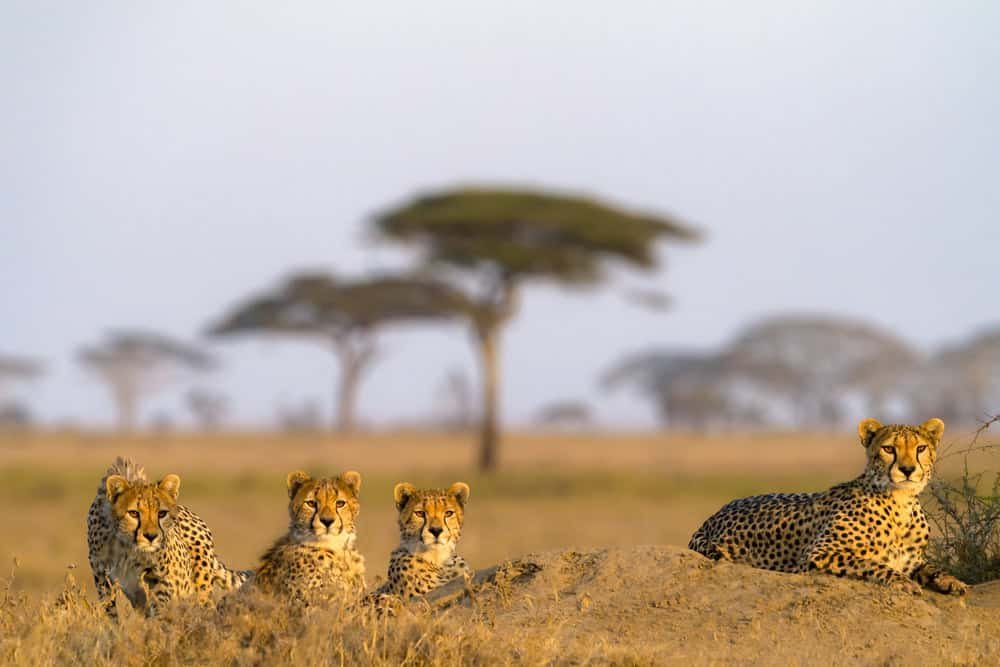
Camera traps are another indispensable tool for studying big cats. These devices are strategically placed in the wild to capture images or videos when motion is detected. They provide insights into the presence and activities of elusive animals without the need for human presence, minimizing disturbances.
How Camera Traps Work
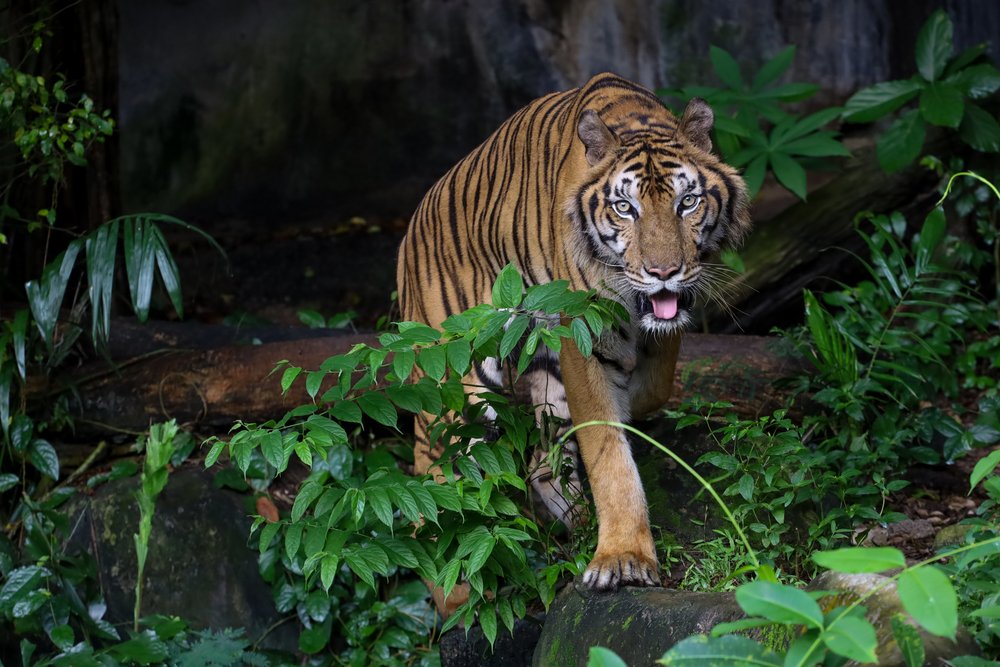
Camera traps consist of a motion sensor and a digital camera. When an animal passes by, the sensor triggers the camera to take a photo or video. These images help researchers identify individual animals, monitor population sizes, and observe behaviors such as hunting, mating, and nurturing cubs.
Advantages of Using Camera Traps

Camera traps are invaluable for monitoring nocturnal and secretive big cat species that are hard to observe in person. They provide a non-invasive means of gathering data over extended periods, enabling scientists to conduct long-term studies on populations and behavioral patterns.
Combining GPS and Camera Trap Data
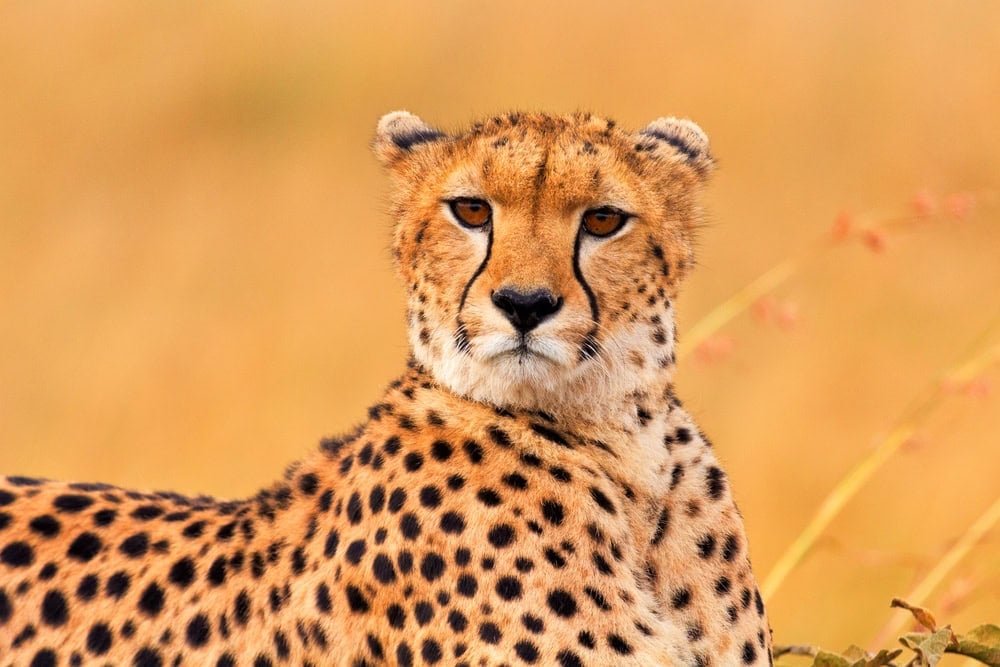
By integrating data from GPS collars and camera traps, researchers can gain a more comprehensive understanding of big cat behavior. GPS data reveals movement patterns, while camera traps offer visual confirmation and behavioral context. Together, these technologies provide a fuller picture of big cat ecology.
Challenges in Tracking Big Cats

Despite their benefits, GPS and camera traps face challenges. Collaring big cats can be risky and stressful for the animals, and maintaining equipment in remote locations is challenging. GPS devices require regular maintenance, and camera traps can be damaged by wildlife or harsh weather.
Future Prospects and Technological Advancements
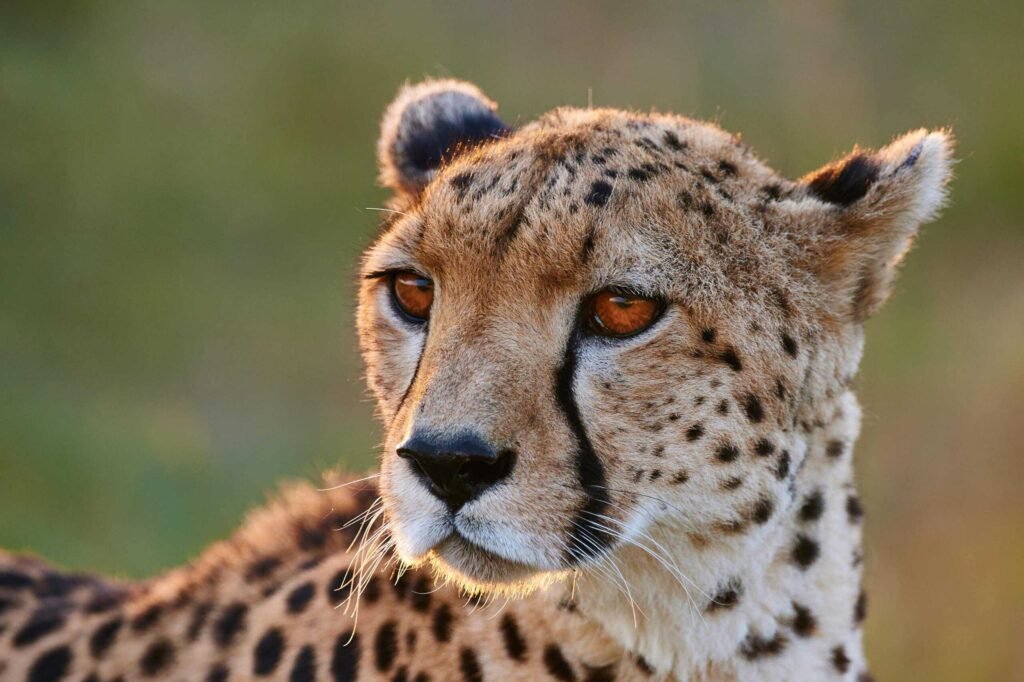
As technology advances, smaller, more efficient GPS devices and higher-resolution camera traps are being developed. Innovations such as satellite uplinks and solar-powered equipment promise longer battery life and more reliable data transmission, enhancing big cat conservation efforts.
The Role of Citizen Science in Big Cat Tracking
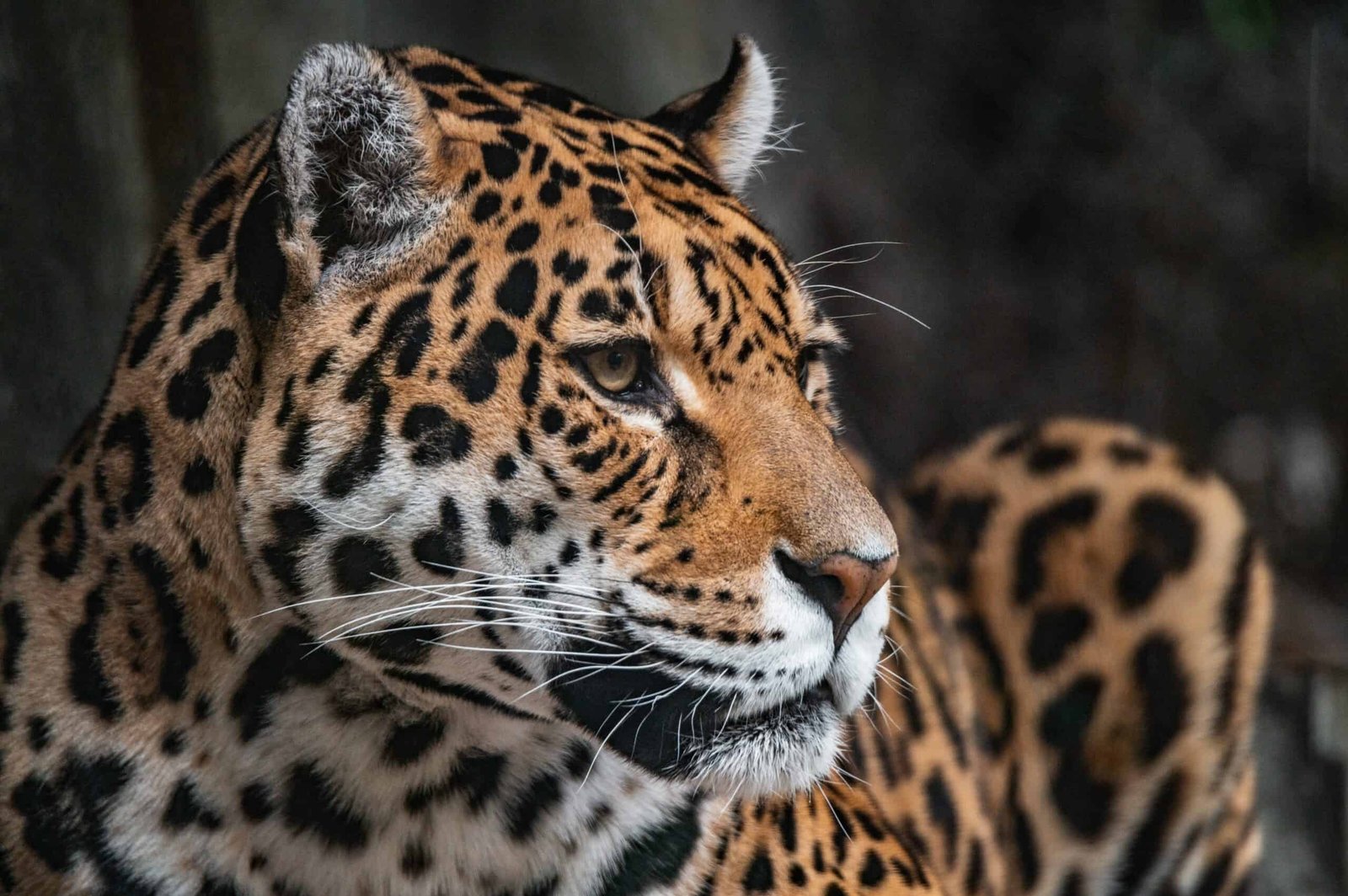
Citizen science initiatives increasingly contribute to big cat-tracking projects. Enthusiasts and local communities help set up and monitor camera traps and report sightings through mobile apps. This participatory approach not only aids researchers but also raises awareness and fosters a sense of stewardship among the public.
Conclusion: The Future of Big Cat Conservation

Tracking technologies like GPS and camera traps are vital tools in the fight to conserve big cats. By providing detailed insights into their lives, these technologies help scientists develop strategies that balance human needs with the preservation of these iconic species. The ongoing advancement of tracking technology offers hope for more effective conservation measures, ensuring that big cats continue to thrive in the wild.






